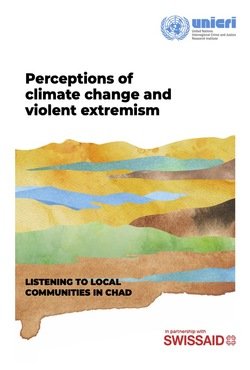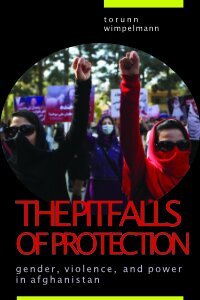By T. Markus Funk
Determining an offender’s criminal culpability is an evergreen challenge. It demands a careful blending of the offender’s moral responsibility for the crime and the offense’s identifiable harmful impacts on its individual victims and on society. Far from a mere abstract or occasional theoretical exercise, this process represents a critical iterative stage before charges can be filed, findings of legal guilt rendered, or sentences imposed.
Prosecutors, judges, and other participants in the criminal justice system manage millions of criminal cases a year. In each instance, they must grapple with the weighty responsibility of determining an offender's criminal accountability and blameworthiness. The decisions made in these deliberations have profound real-world consequences. They affect not only individual cases but also influence broader societal morality and cohesion. Indictments are issued, guilty verdicts pronounced, prison sentences handed down, and punishments justified based on these intrinsically imprecise and largely retrospective assessments.
This Article contends that the current mainstream approach to criminal culpability takes an unnecessarily narrow view. More specifically, it argues that criminal conduct involves two distinct forms of injury to the victim. One form of injury, physical or emotional harm to victims, is widely acknowledged. However, the other form, the wronging by imposing unequal standing on the victim, has been unjustly overlooked, with significant societal implications.
Our current failure to properly account for the antisocial self-elevation inherent in almost all crimes as a separate and distinct injury has significant implications. It prevents us from accurately describing the crime that was committed, the offense’s full spectrum of adverse impacts on the victim and society, or why a particular punishment is appropriate. More importantly, a justice system that fails to effectively protect our equal standing and associated legal interests virtually ensures that the erosion of the rule of law will soon follow.
Reevaluating how we define and publicly articulate criminal culpability holds the promise of positive real-world impacts. By more effectively communicating the full extent of an offender’s injury to a victim and society, we materially enhance criminal punishment’s crucial expressive, evaluative, descriptive, and conduct-directing objectives. From a systemic perspective, the proposed victim-centric approach advances the justice system’s ability to foster the equality-supporting civic bonds and shared social norms essential for a thriving society.










